Are you familiar with the wildlife around you? Many property owners do not realize what critters live amongst them until a problem arises. Let us explore what critters you can expect to see if you live amongst North Carolina, South Carolina, Georgia, or Florida.
20 Most Common Nuisance Animals in the Southeast
1. Armadillos
2. Bats
3. Birds
4. Stinging Insects
5. Squirrels
6. Flying Squirrels
7. Mice and Rats
8. Moles
9. Mosquitos
10. Opossums
11. Raccoons
12. Snakes
13. Gophers
14. Nutria
15. Cane Toads
16. Chipmunks
17. Groundhogs
18. Skunks
19. Iguanas
20. Voles
ARMADILLOS
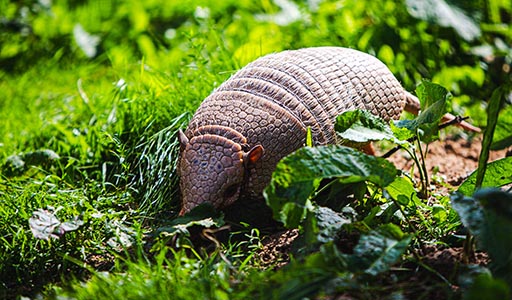
Armadillos are known for their hard shell and leathery appearance, which is how they received their name. In Spanish, armadillo translates to ‘little armored one.’ Armadillos continue to gradually travel north from year to year. In the Southeast, armadillos are mostly found in Florida but have a presence in Central and South Georgia as well as through the coastal areas of South Carolina like Charleston and Beaufort.
BATS
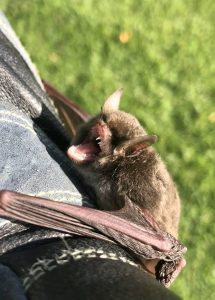
Bats are found throughout Georgia, North Carolina, South Carolina, and Florida. In fact, there are over 15 species of bats found throughout these states. Bats positively affect the environment in many ways. A bat eats over 1,000 insects within an hour. Bats are pollinators of many crops we rely on.
Because bats are protected, we refrain from bat removal during their mating seasons in order to help grow their population. The mating season schedule is as follows:
- Georgia: April 1st – July 31st
- North Carolina: May 1st – July 31st
- South Carolina: May 1st – July 15th
- Florida: April 15th – August 15th
BIRDS
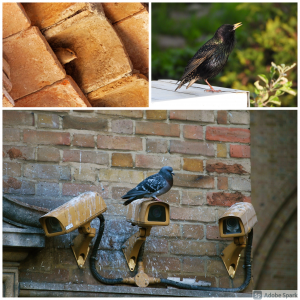
All birds except, starlings, pigeons, and sparrows are protected by the Migratory Bird Act. We observe bird problems in all-Southeastern States, and we provide humane removal solutions. We also offer preventative bird solutions like bird stop and bird netting.
Woodpeckers commonly cause damage to homes, especially where carpenter bees are present as their larvae provide them with a food source.
STINGING INSECTS
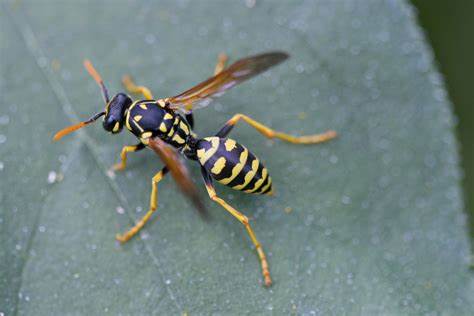
Hornets, honeybees, carpenter bees, and wasps are seen in Florida throughout the year with hotter months being more predominant. Since the weather is not as warm in Georgia, South Carolina, and North Carolina there is little to no activity between November and February.
SQUIRRELS
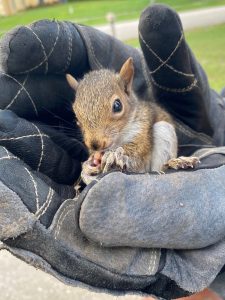
In South Carolina and Florida there is a great presence of fox squirrels while in North Carolina and Georgia, grey squirrels are more commonly seen. Squirrels breed twice per year – once in the late winter and once in spring or mid-summer. During this time, more squirrels will enter homes in order to find shelter for their young.
FLYING SQUIRRELS
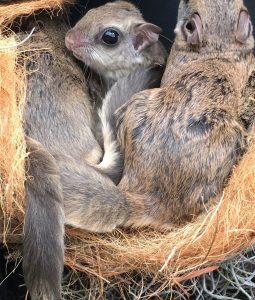
The southern flying squirrel can be found in all Southeastern states but, they are rarely seen in coastal areas. The Southern Flying Squirrel is less commonly seen because they are nocturnal. They are known for their patagium which gives them their ability to glide hundreds of feet as well as their big eyes which help them see at night.
MICE & RATS
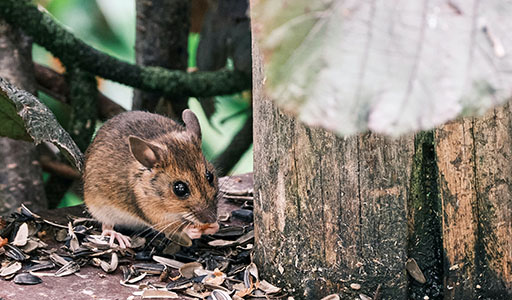
Mats and rats are extremely common to find in all Southeastern states. You may not notice them because they are nocturnal, but their population growth is exponential. Mice and rats like all other animals are in search of food, water, and shelter. Believe it or not, mice and rats are often found in extremely well-kept homes.
MOLES
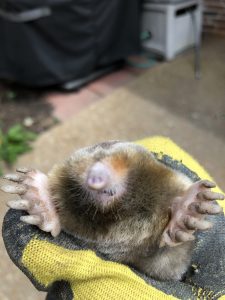
Moles are found year-round in all Southeastern states; however, they are most active from March to November. Moles can cause great damage to your lawn and are very challenging to control and remove.
MOSQUITOS
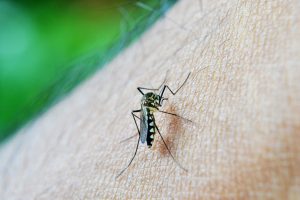
Mosquito season starts as the temperature consistently becomes 50 degrees or higher. In South Florida, the mosquito season begins in February. In Northern FL, GA, and SC, mosquito season begins in March, and in North Carolina, the season begins in April.
OPOSSUMS
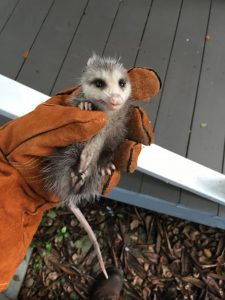
Known for playing possum, these nocturnal animals provide many benefits to our environment. Observed in all states of the Southeast, opossums can become a nuisance when in an attic or home.
RACCOONS
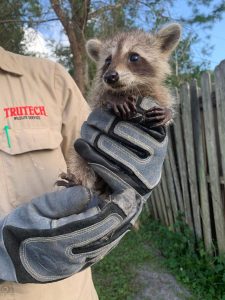
Raccoons are found year-round in all Southeastern states but are less active in the winter months. Raccoons are commonly found in attics during the Spring because it is when they usually give birth.
SNAKES
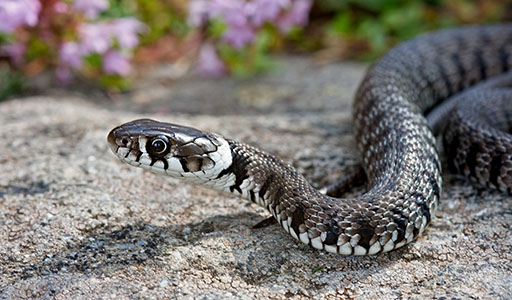
Many people are frightened by snakes but having snakes around can be helpful as they may be reducing the rodent population on your property. They are found in all states, especially during warmer months when snakes are more active and travel farther. When temperatures are lower than 60 degrees Fahrenheit, snakes are not seen as often.
GOPHERS
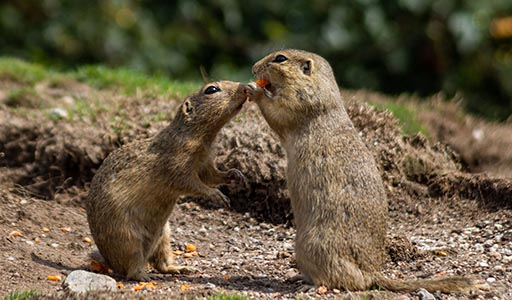
Pocket gophers are mostly found in Central and Northern Florida as well as Southern Georgia. They are known for stuffing their cheeks to transport food, burrowing underground, and creating huge mounds leaving homeowners unsatisfied.
NUTRIA
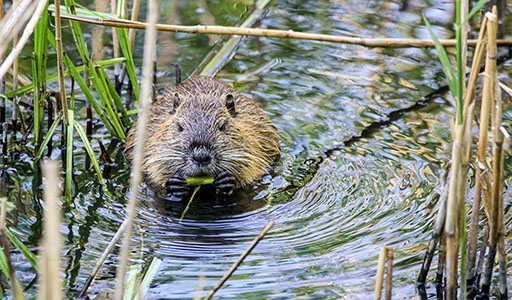
Nutria is semi-aquatic web-footed rodents. They are an invasive species and have the potential to damage wetlands and marshes in addition to vegetation and crops. Nutria are mostly spotted near Jacksonville, FL, but have also been found in South Georgia, Central Florida, and Florida’s Panhandle.
CANE TOADS
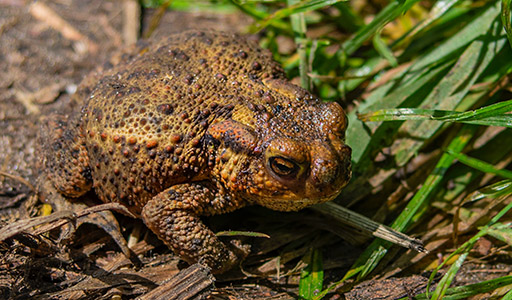
Cane toads are another invasive species found in Central and South Florida. Cane toads are notorious for releasing a toxin, bufotoxin, which can be deathly to pets and even humans if ingested.
CHIPMUNKS
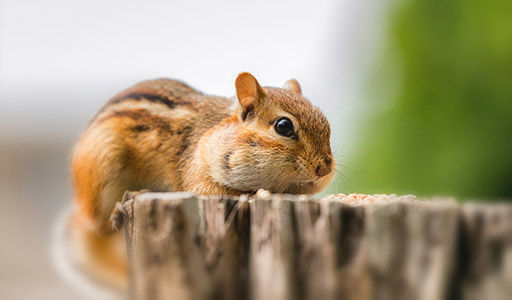
Chipmunks are found inland in both North Carolina and South Carolina. They are known for burrowing and digging in yards causing damage to lawns and gardens.
GROUNDHOGS
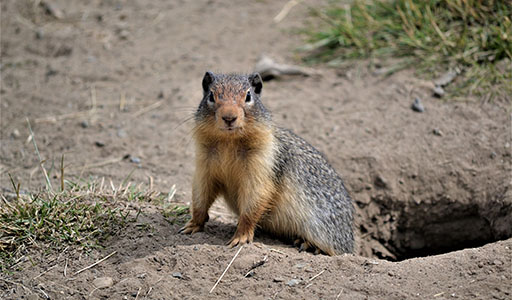
Groundhogs are found in inland North Carolina like Charlotte, and Raleigh-Durham and South Carolina as well as Georgia. Groundhogs commonly burrow under structures and can cause a great deal of damage to the foundation of a property. They are also well-known for eating from gardens and destroying vegetation.
SKUNKS
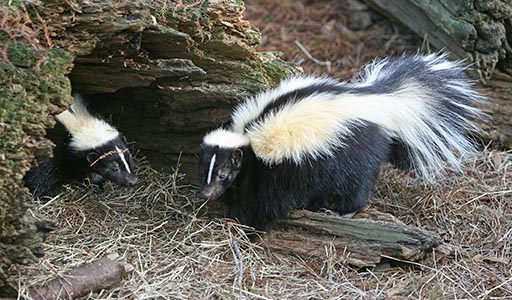
Found throughout Georgia and inland North Carolina and South Carolina, skunks can be a startling sight to a homeowner. Skunks can be a nuisance as they dig for insects in your yard. In addition, the fear of you, a family member, or a pet being sprayed can be frightening, too. Believe it or not, skunks do not want to waste their spray on you. They want to reserve it for predators because it takes 10 days for them to replenish their scent glands once their spray has been released.
IGUANAS
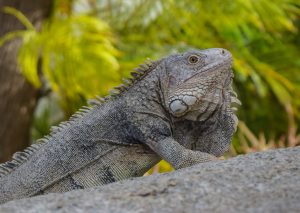
Invasive to the United States, iguanas are found in Southern Florida. As temperatures increase and these animals adapt, iguanas will slowly but gradually inch north from year to year. Iguanas burrow and can cause damage to the foundation of properties. Not only are they invasive, but they eat and destroy vegetation, leave droppings on your property, and can climb onto your roof.
VOLES
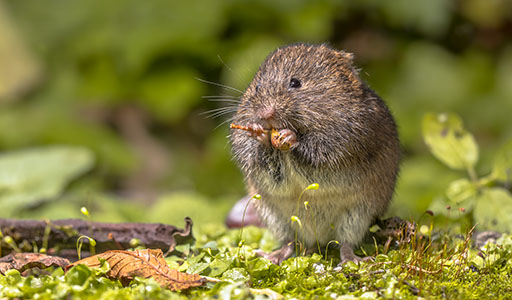
Found in Georgia and inland in the Carolinas, voles are known for destroying plants. Often voles will use old root systems as paths of travel leaving holes in the ground about the size of a quarter, but they do not make tunnels like moles do.


